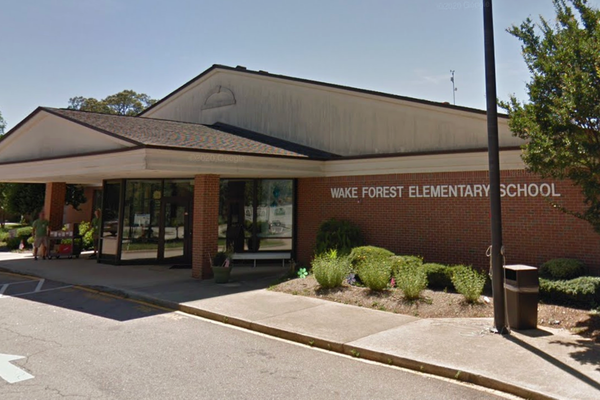
Real estate is one of the most popular retirement investments. It promises steady cash flow, appreciation, and diversification. But the math behind profitability is more complicated than many retirees realize. Simple mistakes can turn supposed profits into losses. Here are nine real-estate math errors that sabotage investors.
1. Forgetting About Vacancy Rates
Assuming properties are rented 100% of the time is unrealistic. Vacancies eat into annual returns. Retirees who ignore this end up overestimating cash flow. Even a month or two of vacancy changes the math dramatically. Planning conservatively avoids disappointment.
2. Underestimating Maintenance Costs
Repairs, upgrades, and wear-and-tear are constant. Many retirees assume maintenance is minimal, but costs can equal 1–2% of property value annually. Ignoring this leads to unrealistic projections. Maintenance is an unavoidable line item. Skipping it distorts profits.
3. Ignoring Property Management Fees
Not every retiree wants to be a landlord. Professional management often costs 8–12% of rent. Failing to include this expense makes returns look higher than they are. Retirees delegating management must adjust projections. Labor costs money.
4. Misjudging Property Taxes
Taxes vary widely and change over time. Rising assessments can surprise retirees. Assuming today’s rates stay fixed leads to miscalculations. Taxes often increase faster than rents. Realistic assumptions are essential.
5. Overestimating Rent Growth
Investors often project steady rent increases, but markets fluctuate. Recessions, regulations, or oversupply can freeze or cut rents. Retirees relying on growth may face stagnation instead. Overoptimism destroys math. Conservative estimates protect outcomes.
6. Forgetting About Insurance Costs
Insurance is rising sharply, especially in coastal and disaster-prone areas. Retirees who ignore this variable face shrinking margins. Annual increases outpace inflation. Insurance must be factored carefully. Oversight here wipes out profits.
7. Ignoring Closing and Transaction Costs
Buying and selling properties comes with hefty fees. Retirees often overlook these when calculating long-term gains. Commissions, transfer taxes, and legal costs matter. Failing to account for them inflates profit expectations. Transactions aren’t free.
8. Overleveraging with Debt
Borrowing can magnify gains but also losses. Retirees sometimes overextend with loans, assuming rent will cover everything. Vacancies or rate hikes expose the risk. Overleveraging creates fragility. Conservative debt keeps portfolios safe.
9. Forgetting Opportunity Costs
Money tied up in real estate isn’t available for other investments. Retirees may ignore higher returns elsewhere. Comparing property ROI to stocks, bonds, or REITs gives perspective. Opportunity costs are part of real math. Ignoring them skews decisions.
The Takeaway on Real-Estate Math
Real estate only pays when the numbers are honest. Retirees who account for vacancies, maintenance, and rising costs protect profits. Those who don’t risk turning investments into liabilities. Math is the difference between illusion and reality. Careful calculations are the foundation of true gains.
Have you ever miscalculated a real-estate investment, and what was the biggest expense that surprised you?
You May Also Like…
- 7 Real Estate Trends That Will Hurt Boomers More Than Millennials
- What Real Estate Investors Don’t Want Retired Homeowners to Know
- The New Rule Making It Harder to Pass Down Real Estate to Family
- 6 Boomer Beliefs About Investing That Don’t Hold Up in 2025
- How to Balance Saving and Investing for a Stronger Financial Future







